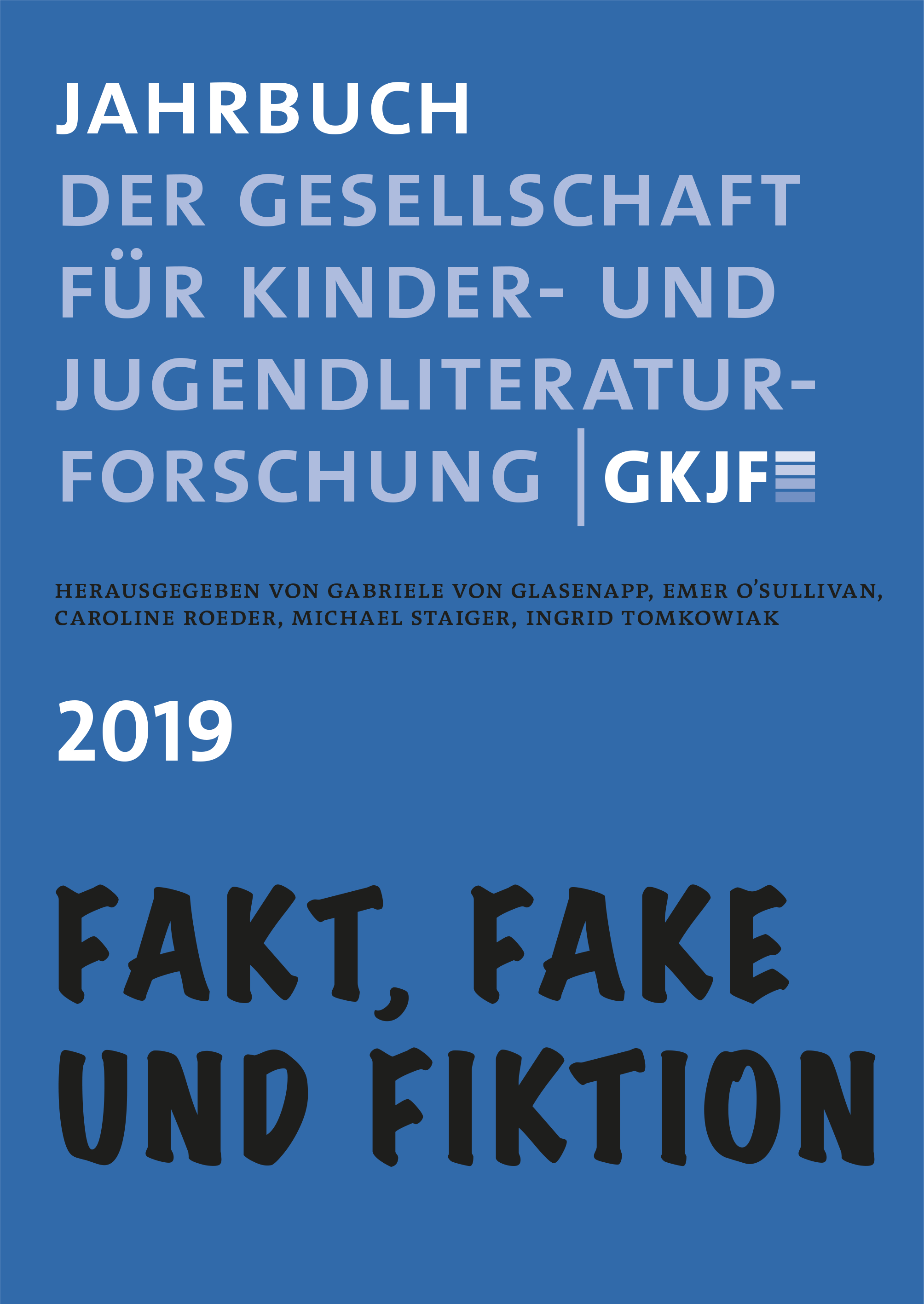Unterhaltsam und/oder unverständlich?
Fiktionalisierungs- und Faktualisierungsstrategien in Comic-Büchern zur Antike
DOI:
https://doi.org/10.21248/gkjf-jb.36Abstract
Artikelbeginn:
[English title and abstract below]
Seit der Jahrtausendwende wird in den Kommunikations- und Kulturwissenschaften ein sogenannter pictorial turn bzw. eine ›visuelle Wende‹ diskutiert (vgl. Mirzoeff 1998; ders. 1999; Mitchell 2008). Inzwischen präzisiert Bucher:
»Der grundlegende Wandel der Kommunikationsverhältnisse besteht nicht darin, dass zunehmend Abbildungen die Textkommunikation ergänzen oder einschränken [...]. Der grundlegende Wandel besteht darin, dass neue und neuartige Mischformen der verschiedensten Kommunikationsmodi und Kanäle entstanden sind, die man als multimodale Kommunikationsformen bezeichnen kann.« (Bucher 2011, S. 123)
Gudrun Marci-Boehncke macht als wesentliche Ursache dieser Hybridisierungen die durch das Internet, den »Ort [...] der Medien schlechthin«, in immer umfassenderer Weise gegebene Medienkonvergenz aus (Marci-Boehncke 2013, S. 507).
Entertaining and/or Incomprehensible?
Fictionalisation and Factualisation Strategies in Comic Books about Ancient Rome
Recently, multimodal texts, i.e. texts using more than one mode to communicate with their readers, have become increasingly prominent in children’s literature. While the illustration of written texts has been a common long-time practice, the new multimodal books for children use images as an additional, original level of narrative. The general assumption in children’s literature studies is that it is easier for children to read a combination of text and images, as the images help them to understand the text. The analysis of three comic books on Roman history will show that, on the contrary, the process of understanding is actually more complex in the new multimodal texts for children: The pictorial narrative demands a more sophisticated kind of reading expertise. In addition, the task of decoding becomes more challenging when the narratives follow different intentions, which is often the case in contemporary comic books in which the pictorial narrative can be an ironic take on the written narrative.
Downloads
Veröffentlicht
Ausgabe
Rubrik
Lizenz
Copyright (c) 2021 Jahrbuch der Gesellschaft für Kinder- und Jugendliteraturforschung

Dieses Werk steht unter der Lizenz Creative Commons Namensnennung - Nicht-kommerziell 4.0 International.





